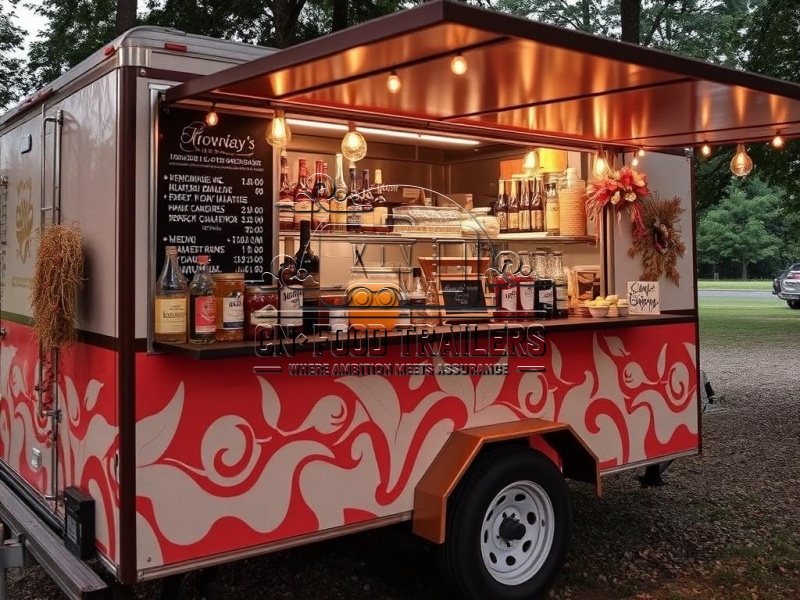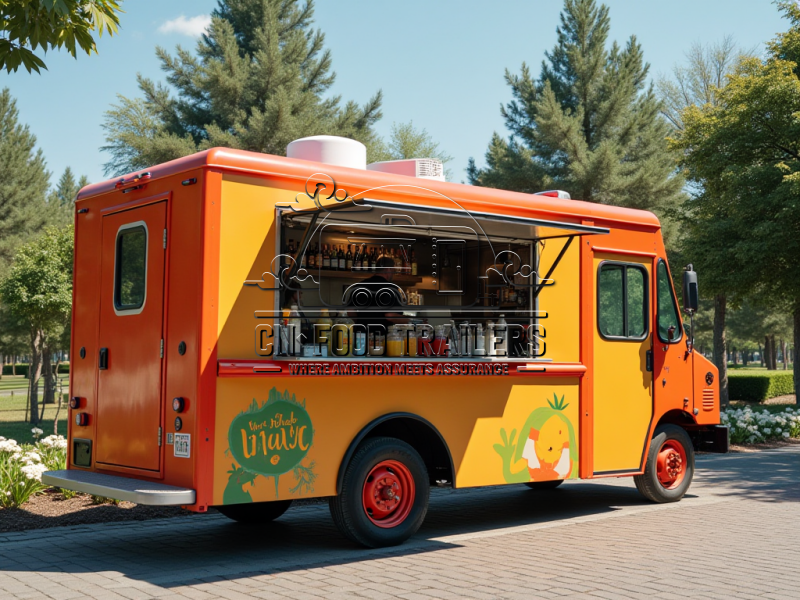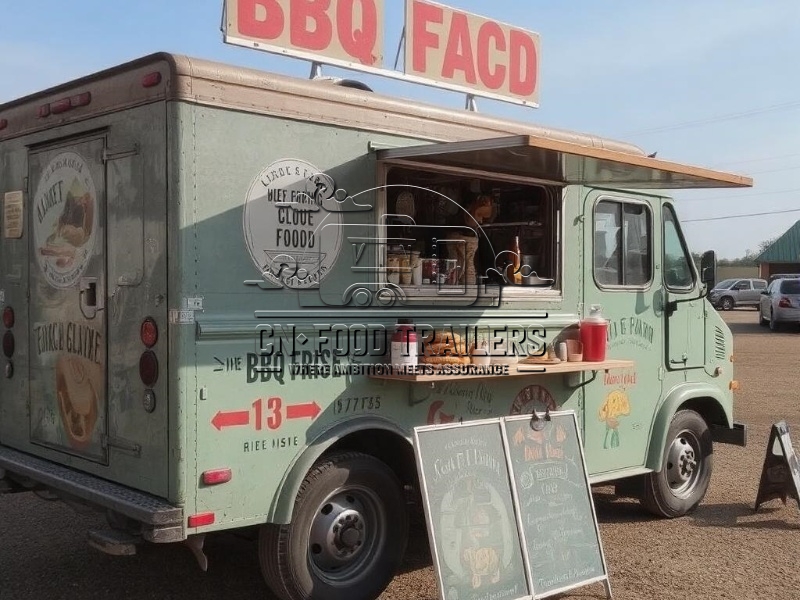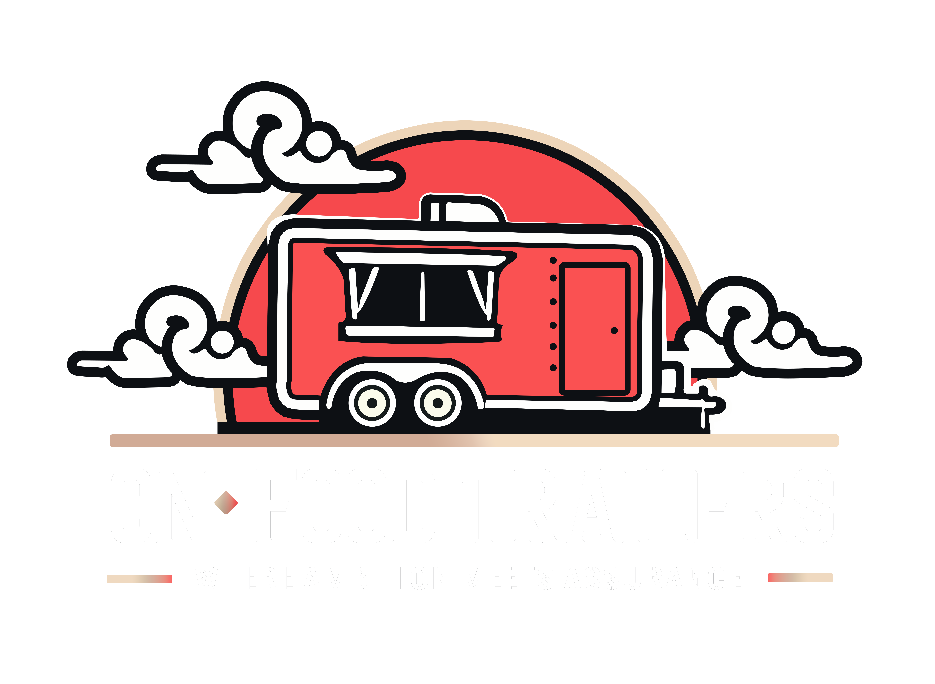Today, as globalization and local culture collide, Peruvian Food Trucks are sweeping the global street food scene with their unique South American style. Peruvian cuisine is known for its diverse fusion of Inca traditions, Spanish colonial flavors, cooking skills of Asian immigrants (especially Chinese and Japanese), and influences from Africa and Europe, forming the reputation of “the world’s kitchen”. Peruvian food trucks condense this cultural essence into mobile kitchens, conveying Peru’s food philosophy in a flexible and innovative way.

Core Features
1.Creative menu with fusion flavors
- Signature Ceviche: Fresh sea fish paired with lemon juice, peppers, onions and sweet potatoes, sour, spicy and refreshing, it is the national dish of Peru.
- Arroz Chaufa: Fried rice influenced by Chinese cuisine, with soy sauce, eggs and Peruvian spices, rich taste.
- Antichuchos: Traditional street food, beef heart marinated with garlic and cumin, grilled over charcoal, crispy on the outside and tender on the inside.
- Dessert “Lucuma Ice Cream”: Ice cream made from Peruvian unique fruit “Lucuma”, sweet and rich.
2.Fresh and local ingredients
- The food truck insists on using seasonal ingredients. Some seafood (such as squid and shrimp) are purchased directly from coastal fish markets, and vegetables are given priority to local farms to ensure freshness “from sea to table”.
3.Interactive dining experience
- Some food trucks offer a “Peruvian spice bar” where customers can freely add condiments such as Rocoto and cilantro; food truck staff often wear traditional costumes to interact with customers and explain the cultural stories behind the dishes.
Internal equipment
- Modular cold cabinets: Store seafood, meat and vegetables in partitions, and the temperature can be precisely controlled to ensure the freshness of the ingredients.
- Portable charcoal grill: Used to grill skewers such as Antichucos, the aroma of charcoal adds flavor, and the fume extraction system is equipped to reduce oil smoke.
- Ceviche table: The stainless steel workbench is equipped with an ice trough to facilitate on-site processing of fish and maintain a low-temperature marinating environment.
- Quick cooking stove: A double-burner gas stove with a frying pan can simultaneously make hot food such as fried rice and stews.
- Mobile POS system and social media integration: Supports scanning code ordering, online payment, and displays customer reviews or Instagram interactive content on the food truck screen.
Application
1.City streets and night markets
- In international cities such as New York, Los Angeles, and London, Peruvian food trucks often stop at art districts and weekend markets, attracting young diners and cultural enthusiasts.
2.Music festivals and cultural events
- Peruvian food trucks are the “standard” of Latin music festivals and South American cultural festivals. Their bright appearance and dynamic music complement each other and become a “hotspot for checking in” during the event.
3.Business and community cooperation
- Cooperate with multinational companies to provide employee lunches, or participate in community healthy eating promotion activities, and expand the audience through customized menus (such as low-fat Ceviche and vegetarian fried rice).
4.Tourism and destination marketing
- In Peru, food trucks have become a “mobile business card” for promoting tourism, stopping at attractions such as Machu Picchu and Lima Beach to provide tourists with authentic food experiences.
5.International catering competitions
- Some food trucks participate in competitions such as the “World Street Food Competition” to increase their international reputation through innovative dishes (such as the “Salmon Ceviche Sushi Roll” with Japanese flavors).






Leave A Comment